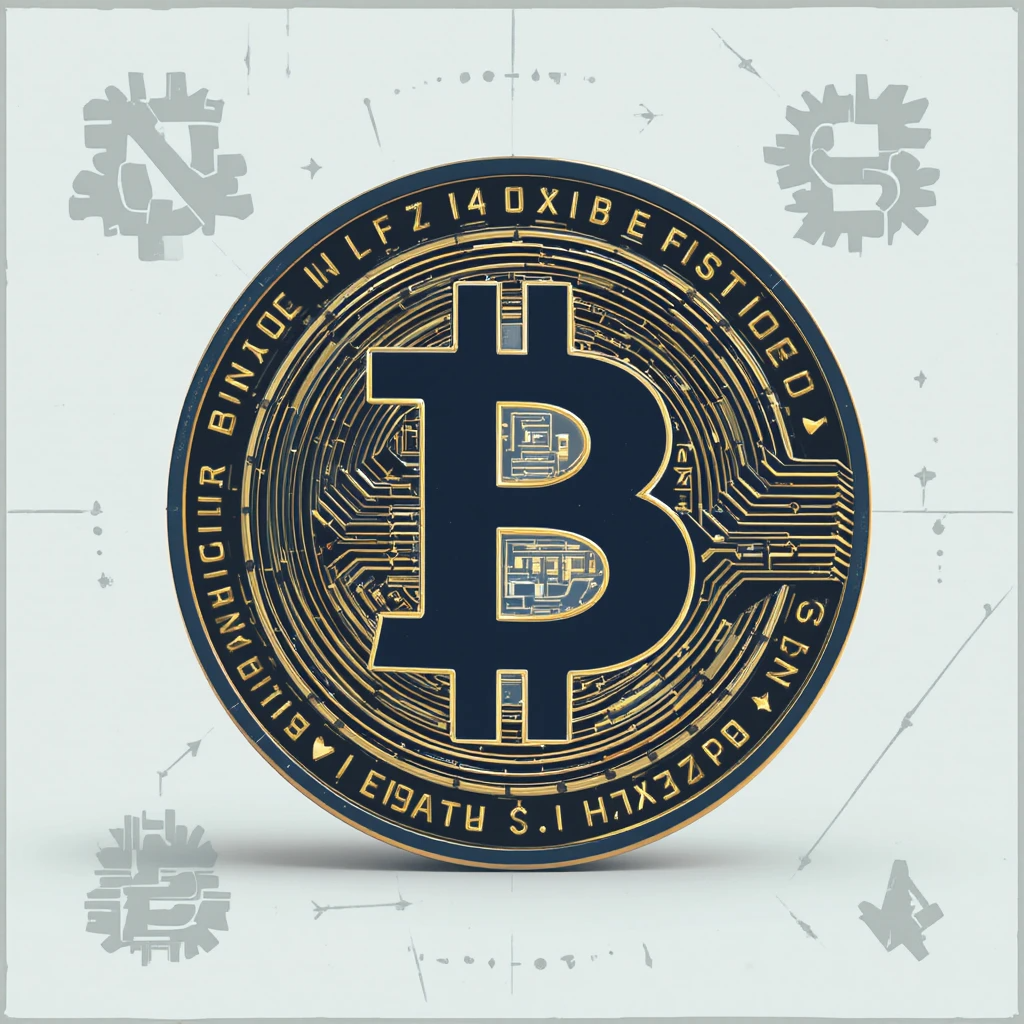NFTs took the world by storm between 2021 and 2023, with viral digital artworks selling for millions and musicians, brands, and gamers jumping in. In 2025, the NFT space has evolved significantly, expanding beyond hype into real-world utility and decentralized ownership.
But many still ask: What exactly are NFTs, and how do they work in the crypto world? This article breaks it down for you—simple, clear, and up to date.
What Is an NFT (Non-Fungible Token)?
NFT stands for Non-Fungible Token. It’s a digital asset that represents ownership of a unique item—whether that’s art, music, video, or even virtual real estate.
🔁 Fungible vs. Non-Fungible:
-
Fungible: Interchangeable and equal (e.g., 1 BTC = 1 BTC)
-
Non-Fungible: Unique and not interchangeable (e.g., an NFT of a digital painting)
Each NFT has a distinct value and cannot be replaced with something identical.
The Technology Behind NFTs
NFTs are powered by blockchain technology, the same infrastructure that underpins cryptocurrencies like Bitcoin and Ethereum.
🔧 Core Elements:
-
Blockchain: Records all transactions and ownership history.
-
Smart Contracts: Automated programs that manage minting, transfers, royalties, and more.
-
Token Standards: Most NFTs use ERC-721 or ERC-1155 on Ethereum, but Solana, Polygon, and Avalanche also support NFT ecosystems.
How NFTs Work
Here’s how the lifecycle of an NFT typically plays out:
-
Minting: Creators upload a digital file (e.g., art, video) to an NFT platform and tokenize it.
-
Listing: It’s listed on an NFT marketplace like OpenSea, Blur, or Magic Eden.
-
Buying/Selling: Users purchase with cryptocurrency—usually ETH, SOL, or MATIC.
-
Ownership: The NFT is transferred to the buyer’s wallet and recorded on-chain.
-
Royalties: Some NFTs automatically pay the original creator a fee when resold.
NFTs give creators direct monetization and collectors verified ownership.
Types of NFTs
NFTs come in many forms:
-
🎨 Art and Collectibles: From Bored Ape Yacht Club to generative art
-
🎵 Music and Videos: Artists like Snoop Dogg and Grimes tokenize albums and videos
-
🎮 Gaming Items: Skins, avatars, and virtual assets (e.g., Axie Infinity, The Sandbox)
-
🏡 Virtual Real Estate: Decentraland and Otherside land parcels
-
🎟️ Utility NFTs: Used for event access, memberships, and subscriptions
NFTs are no longer just digital art—they are digital experiences, assets, and identities.
Why NFTs Have Value
The value of NFTs isn’t just hype. It stems from:
-
Scarcity: Many NFTs are released in limited editions.
-
Proof of Ownership: Blockchain shows who owns what—and when.
-
Creator Royalties: Artists earn a percentage every time their NFT is resold.
-
Community & Utility: Some NFTs grant access to communities, games, or even financial rewards.
Like physical collectibles, value comes from rarity, demand, and story.
Use Cases of NFTs in 2025
NFTs have expanded beyond the art world:
-
Gaming: NFT-based economies in games like Illuvium or Star Atlas
-
Fashion: Wearable NFTs for avatars and IRL integration
-
Education: NFT diplomas and certification credentials
-
Music and Film: Crowdfunding and royalty tracking via NFTs
-
Real Estate: Tokenized ownership of physical property
NFTs are becoming essential tools in the Web3 revolution.
Risks and Criticism of NFTs
Like all technologies, NFTs come with their share of challenges:
-
Speculation: Many NFTs are volatile and risky as investments.
-
Fraud and Plagiarism: Fake NFTs or copied art can still be minted and sold.
-
Environmental Impact: High energy use from Ethereum mining was an issue—though Ethereum’s shift to Proof of Stake in 2022 helped mitigate this.
Due diligence and research are essential before purchasing.
How to Buy Your First NFT
Ready to explore the NFT world? Here’s a simple guide:
-
Create a Wallet: Use MetaMask, Trust Wallet, or Phantom for Solana.
-
Buy Crypto: Use an exchange to purchase ETH, SOL, or MATIC.
-
Connect to a Marketplace: Visit OpenSea, Blur, or Magic Eden.
-
Browse and Buy: Choose your NFT and complete the transaction.
-
Secure Your NFT: Keep your wallet’s seed phrase safe and offline.
It’s simple but requires caution, especially with phishing scams.
Future of NFTs in the Crypto Ecosystem
NFTs are evolving into powerful tools beyond collectibles:
-
Smart NFTs: Interactive, upgradable tokens with built-in functionality.
-
DeFi Integration: NFT lending, staking, and yield farming are growing sectors.
-
Web3 Identity: Your NFT avatar could soon be your passport across games, social networks, and virtual worlds.
The future is about ownership, creativity, and interoperability.
FAQs
Q1. Are NFTs a good investment?
Sometimes, but they’re highly volatile. Invest in NFTs for value or enjoyment—not just profit.
Q2. Can I make my own NFT?
Yes. Platforms like OpenSea, Rarible, and Mintable make it easy to mint your own tokenized artwork or file.
Q3. Do I own the copyright when I buy an NFT?
Not usually. You own the token and usage rights defined by the creator—but not the intellectual property unless stated.
Q4. What’s the best blockchain for NFTs?
Ethereum leads in volume and projects, but Solana and Polygon offer cheaper, faster alternatives.
Q5. Are NFTs only used for art?
No. NFTs are also used in gaming, finance, education, virtual real estate, and identity.
Q6. Can NFTs be stolen or lost?
Yes, if your wallet is compromised. Always secure your seed phrase and use reputable platforms.
Conclusion
NFTs have come a long way—from pixel art to digital passports for the decentralized web. As we move into a world where digital assets are as meaningful as physical ones, NFTs will play a central role in defining ownership, creativity, and identity.
Whether you’re a creator, investor, or simply curious, understanding NFTs is key to navigating the ever-evolving world of crypto and Web3.

Leave a Reply